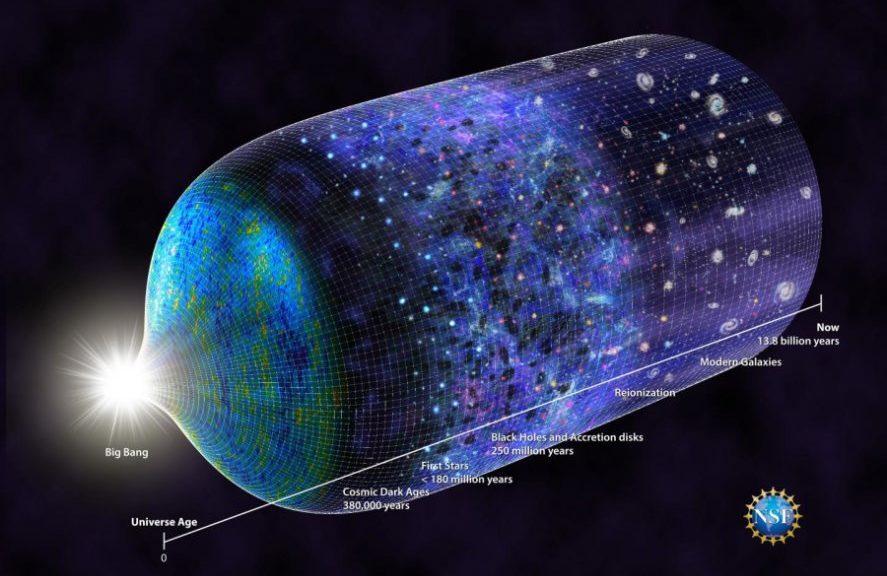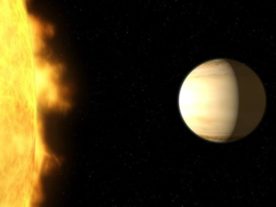A group of researchers led by Judd Bowman, an astronomer at Arizona State University, recently made a remarkable discovery by spotting the impressions of the earliest stars in the universe.
Soon after the Big Bang, 13.7 billion years ago, the universe expanded, cooled and became very dark.
Stars and other cosmological objects hadn’t formed yet. The universe was filled with only neutral hydrogen gas.

EDGES ground-based radio spectrometer at CSIRO’s Murchison Radio-astronomy Observatory in Western Australia. (CSIRO Australia)
Then, about 400,000 years after the Big Bang, and for the following 50 to 100 million years, gravity began to force the gas to collapse and gradually began to form the first stars.
Using the Commonwealth Scientific and Industrial Research Organization (CSIRO) radio astronomy facilities of the Murchison Radio-astronomy Observatory, in Western Australia, the Arizona team was able to detect radio signals produced by the ancient hydrogen gas.
The signals gave the researchers first evidence that the first stars in the universe were born a mere 180 million years after it began.
























It is the time for a star in womb.
A question I have deals with the matter of where our solar system is relative to the geometric location of the origin of the Universe’s Big Bang. The timeline given shows the changes in the Universe over time. However it doesn’t identify where exactly the Big Bang occurred. The shape of the Universe if it is finite in size and what lies outside our Universe if it is finite such as perhaps more neutral hydrogen gas such as made up the original Universe at the point of the Big Bang is relevant to know. It may be that other Universes which have not undergone the Big Bang perhaps because they exist in the form of another chemical structure in the form of a gas which does not react to hydrogen gas to include it in any Big Bang explosion that these other Universes may exist. If another or other Universes exist they may for example duplicate our basic chemistry and may be in the form of gases inert to our Universe’s basic gases. It is also possible that oxygen may have been the main constituent gas of other Universes surrounding us and that water or H2O may lie on the border between our Universe and a neighbouring Universe or Universes in the same way oceans of water surround our coasts on Earth.